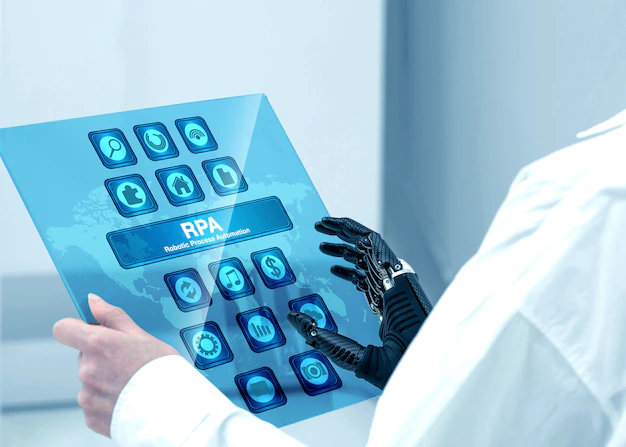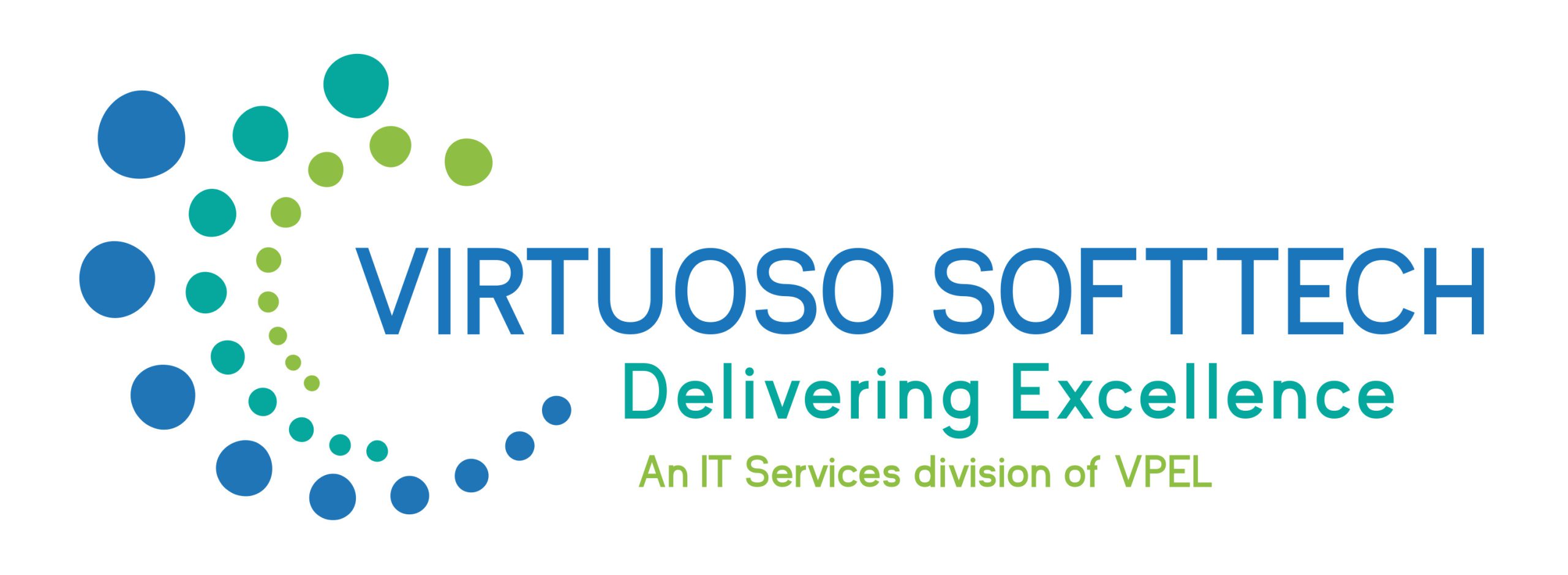“The Growing Use of Robotic Process Automation in Enterprises to Increase Efficiency”
RPA is used throughout industries to automate repetitive enterprise responsibilities. Most regularly, those use display screen scraping in addition to different automation strategies to transport information from one machine or software to act.
RPA is in particular used for tedious, guide responsibilities it is generally utilized in roles, functions, and enterprise gadgets that spend time on those kinds of processes. RPA has performed a critical position within side the insurance, banking, and healthcare sectors.

Reduce charges and enhance the client and worker experience. Streamline client onboarding.
Automate information extraction, information access, and processing throughout applications, documents, and images.
Improve system accuracy and compliance. RPA is maximally beneficial in agencies where personnel carry out an excessive extent of repeatable responsibilities and automation ought to unfasten their time on extra cost-using responsibilities.
Some extra examples of RPA use instances include: Manual information access and manipulation (e.g. CRM updates). Employee or associate onboarding Reporting and information aggregation, Document technology Payroll processing User configurations Invoice and fee processing.
Order processing and transport notifications Resume and candidate verification Expense management Loan, claims, and appeals processes Inventory and deliver management.
What blessings and demanding situations are related to RPA?
Automation has come to be an enterprise-important problem in this virtual age as groups attempt to enhance productivity, enhance the client experience. As a result quickly increases and release new merchandise and services. As the marketplace RPA era grows, IT leaders are getting more interested by its capacity to eliminate repetitive tasks, streamline operations, and offer price savings. With any new era come both blessings and challenges in terms of implementation.
The Benefits and Challenges of RPA
Benefits Efficiency: RPA is understood to grow productiveness for company personnel as they spend much less time on repetitive responsibilities. Gartner has determined that 30% of a full-time worker’s average time may be stored with RPA.
Accuracy: Data access responsibilities are regularly carried out extra appropriately with automation than in the event that they have been carried out manually. RPA gear also can be in 100% compliance with enterprise and organizational policies.
Cost savings: As worker productiveness will increase, the agency saves money. Employees are doing extra, higher-cost paintings in with the identical quantity of time.
Access to legacy era: Organizations nonetheless the usage of legacy era regularly war to combine those gear with different cloud-primarily based totally structures. RPA affords an clean access factor through the consumer interface to get information to and from legacy structures.
Challenges Displace human workers: One of the largest criticisms of RPA and different automation era is its capacity to dispose of the want for information access and clerical-fashion roles.
Lacks clever abilties: RPA as a standalone era can handiest carry out responsibilities that it could replica from a script missing the capacity to research and enhance the script it’s performing. The subsequent technology of AI and clever automation gear are actually being brought to cope with this pitfall of RPA.
Project complexity: Transformative RPA initiatives have a tendency to be complicated and require time dedication to look the go back on funding. As a result, a few RPA initiatives fail earlier than the cost is realized.
How do RPA and API-led connectivity relate?
Many human beings regularly suppose that RPA and APIs compete with one any other . Seeing as APIs permit the structures and datasets to be incorporated. RPA scraps the information from one machine to any other. However, there are conditions in which an API-led technique ought to collaborate with RPA as a mechanism to develop the scope of integration and permit get admission to to extra endpoints.

Where enterprise system automation isn’t always but feasible for an API-led technique, RPA can be used.
Some examples of this are:
A machine lacks an API, consisting of a legacy or on-premises software or a machine this is closely custom designed for the agency.
There is both on-time funding and loss of funding. Withinside the introduction of an API for an endpoint in which RPA may be used as a stopgap to get admission to the machine. Exclusive groups are coping with automation and integration.
Solutions like MuleSoft RPA permit the composable enterprise by transforming repetitive tasks with bots that can intelligently process documents, input data, or act on the user’s behalf, all without any code.
This stop-to-stop enterprise automation drives innovation and collaboration, streamlines processes. These will increase performance and speed, and permits customers to combine and automate with disconnected legacy structures.
With MuleSoft RPA, clients can convey collectively best-in-elegance integration, API management, and RPA abilties to convert right into a composable enterprise.



